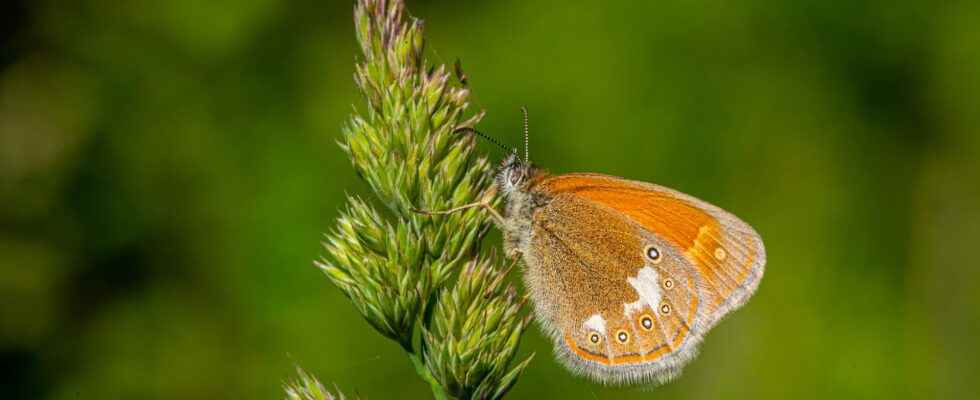The butterflies of Central Europe did not die out evenly, but were decimated in two clearly distinguishable phases. A working group led by Jan Christian Habel from the University of Salzburg came to this conclusion on the basis of records from the Museum “Haus der Natur” in Salzburg. As the team reports in “Science of the Total Environment”, the first wave began at the end of the 19th century and mainly affected butterflies in sensitive ecosystems such as bogs. The second wave began around the mid-1960s and continues to this day. The team reports that at least some endangered species have stabilized since the mid-1990s thanks to nature conservation measures.
A total of around 60,000 observations of 168 species of butterflies and sries were included in the study. The data come from a region with an area of about 7000 square kilometers in northern Austria and range from 1920 to 2019. The populations of numerous species were already declining at the beginning of the study, especially those in wetlands and other previously unused habitats. Their decline can be explained by direct habitat destruction when many bogs were drained and converted to farmland around the turn of the century. Many of the affected species are now only found in peatlands at higher altitudes that have not been destroyed.
The second wave of extinctions began after World War II and affected many species that had previously thrived in man-made landscapes. “Responsible here seems to be the industrialization of agriculture that was beginning at this point in time, with the intensive use of pesticides and artificial fertilizers,” says Thomas Schmitt from the Senckenberg German Entomological Institute in Müncheberg, one of the co-authors of the study. As a result, many natural landscape elements such as flowery, meager valley meadows have disappeared.
